
The ancient Ayurvedic detoxification and restorative therapies go beyond just physical cleansing. VVAC’s Panchakarma aims to tune the link among mind, body, and soul. Panchakarma is not just a treatment but a comprehensive program that tailors to specific needs of the people.




Panchakarma is the ultimate detoxification therapy in Ayurveda, which involves a series of five therapeutic treatments that focuses on the elimination of toxins from the body. Besides that, some of the other benefits include restoring the balance and strengthening of the immune system, etc.
The package offers a range of Panchakarma therapies straight from Kerala personalised to detoxify and rejuvenate the body. Each therapy aims to restore balance and promote deep healing.
Herbal medicines and natural Oushadhis are freshly prepared at the in-house Kashayapura. Over 100 raw herbs are sourced from “God’s Own Country” to enhance the body's immunity and boost the healing process.
Regular health checkups are conducted by the Ayurvedic doctor to monitor the treatment progress and check its effectiveness. These checkups help in adjusting therapies and medicines if required.

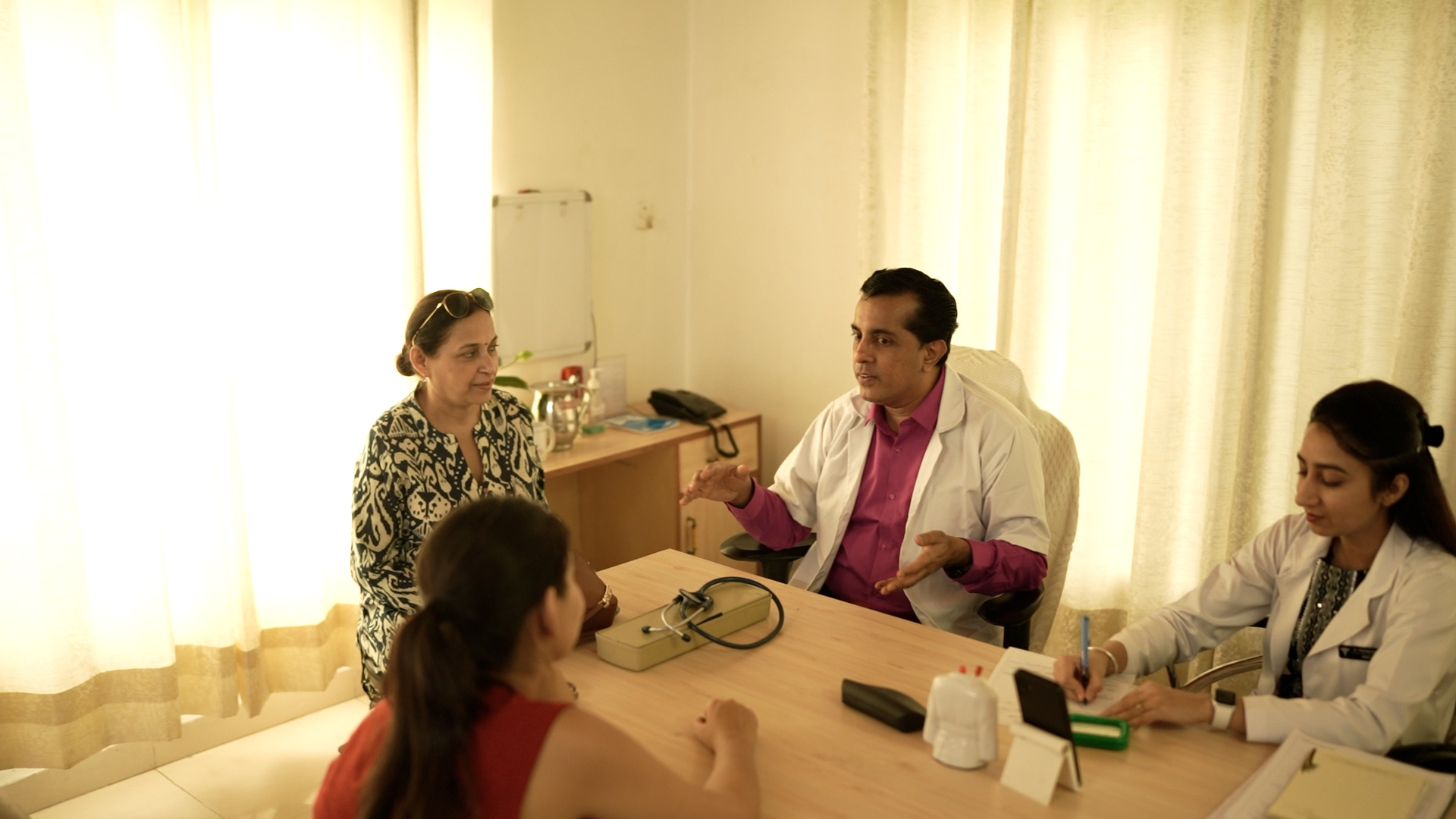
Before the arrival, patients have a tele or video consultation with a qualified Ayurvedic doctor. This helps in preparing for the treatment, understanding individual health needs, and designing a treatment plan accordingly.

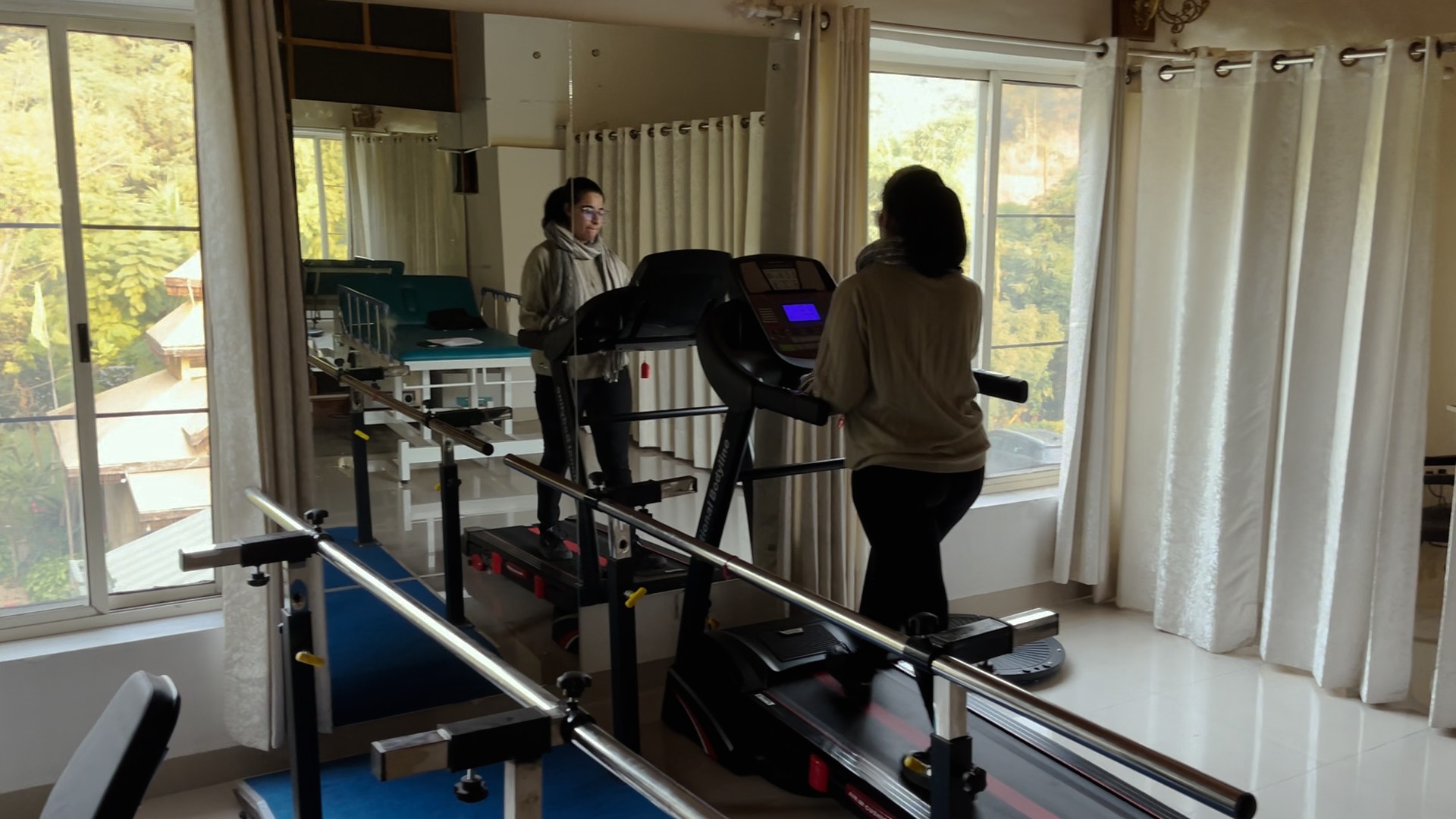
Expert lifestyle advice from the doctor is given to help patients make healthier choices in their day-to-day lives. The spotlight is on aligning daily routines of the patients with Ayurvedic principles to maintain long-term health.

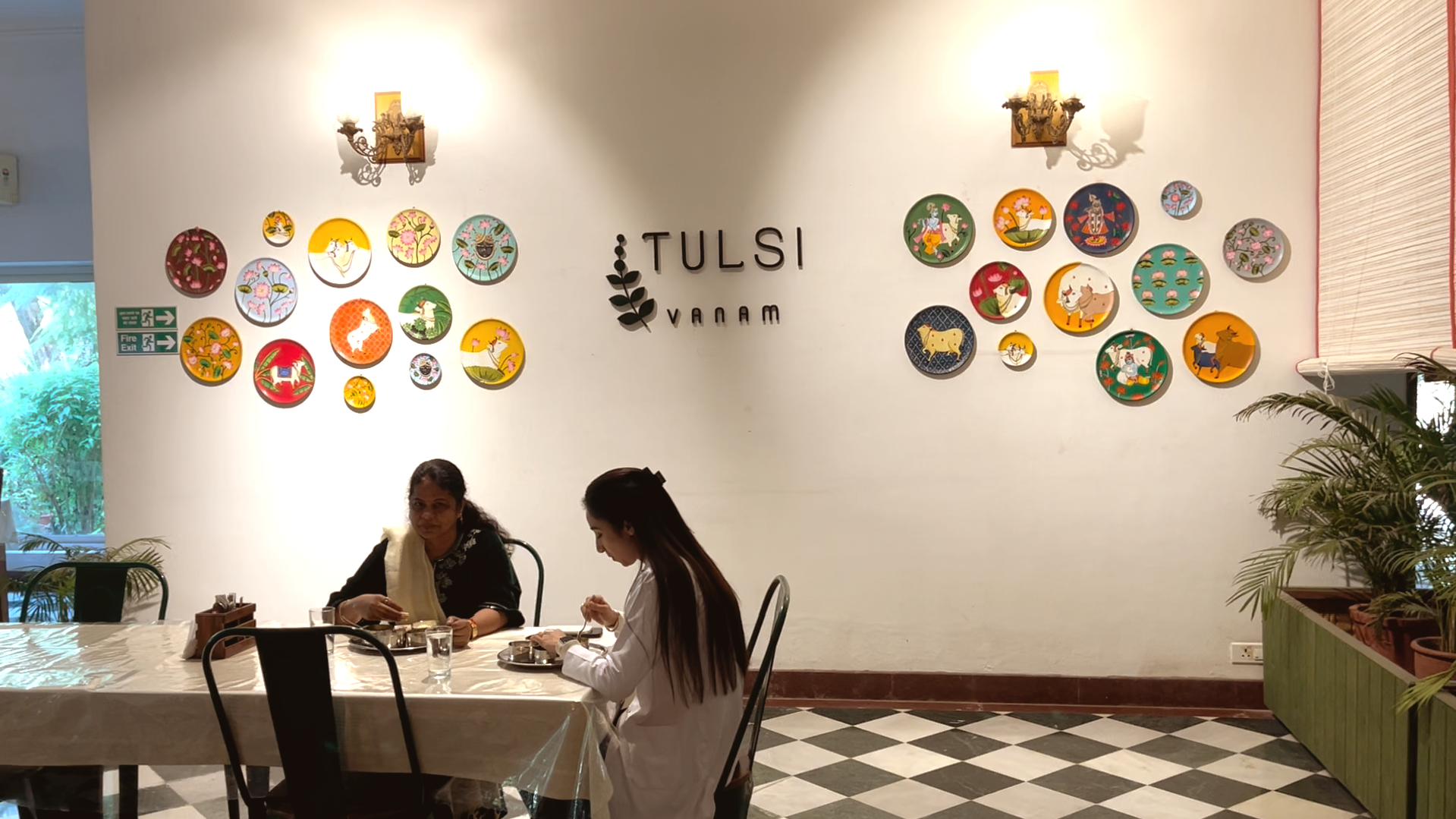
Customized diet is offered during the treatment process based on the patient’s Ddsha and health condition. These required alterations support true healing and help maintain the desired effects post-treatment.

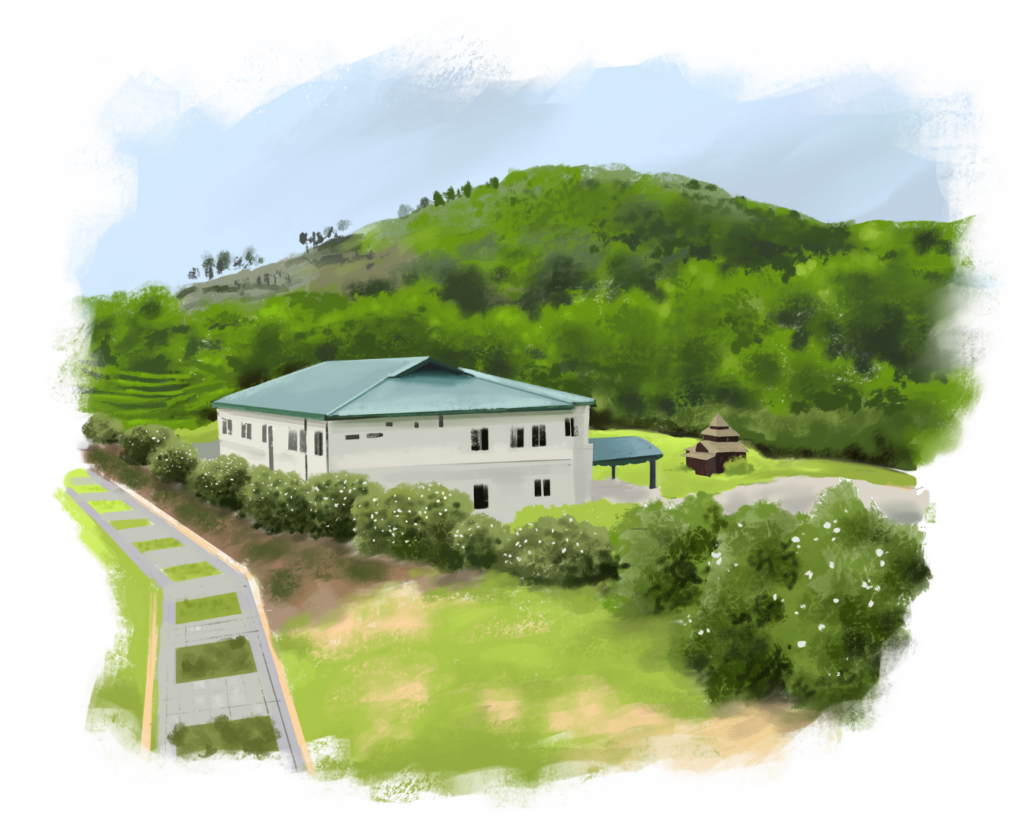
It is a therapeutic vomiting to deep cleanse the respiratory and gastrointestinal tract.
Therapists use natural laxatives to cleanse the intestines.
Administration of herbal decoctions and oils through enema for cleaning of the colon.
Application of herbal oils or Ayurvedic powders through the nostrils to clear the nasal passages and sinuses.
Controlled and supervised removal and detoxification of small amounts of blood for improved blood circulation in the body.

Light vegetarian diets are suggested during the Panchakarma treatment. After the process, depending upon the disease and body type, specific diet is prescribed.
Panchakarma helps to remove toxins from the body and one finds the lightness and relief in muscular stiffness. While Panchakarma can be quite effective in relaxing and revitalizing a healthy person and in diseased person, it may take some time to show effects.
Generally, one should go for Panchakarma procedure at least once every two years. In most of the cases, it depends on the disease of the person, body type and therapy prescribed.
It is recommended that the individual undergoing Panchakarma treatment relax in order to maximize the advantages.




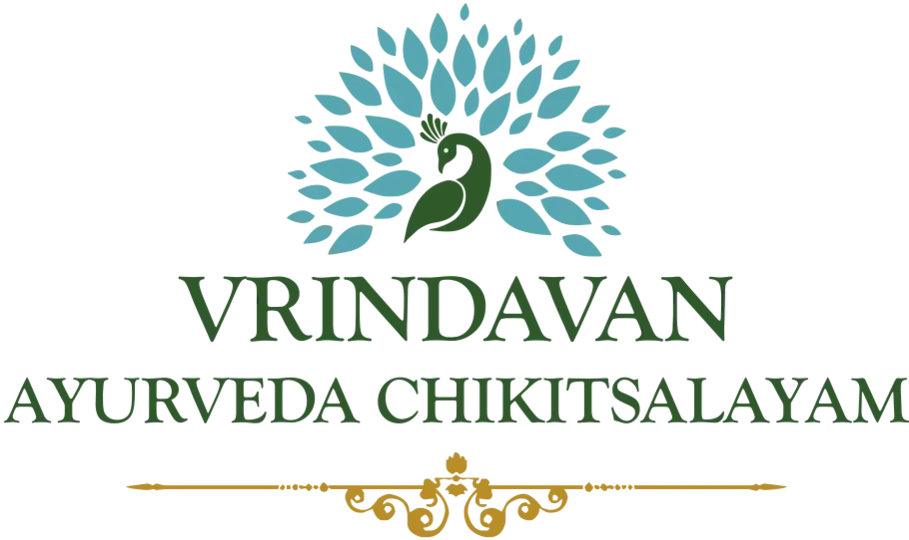
Vaidyaratnam Vrindavan Ayurveda Chikitsalayam 25 Acres Hospital Campus is Nestled in 250 Acres of Lush Green Forests
Shivalik Foothills Village
Thana, EPIP Phase 2, Baddi,
Himachal Pradesh
© 2025 All Rights Reserved.